Hip Flexor Strength
Access Deeper Forward Folds
uttanasana
HIP FLEXOR STRENGTH OVER HAMSTRING FLEXIBILITY?
Hip flexor strength for deeper forward folds over hamstring flexibility? It’s not a matter of one or the other; it’s about how one can inform the other. It’s also about how, through the process of connecting with developing strength in your hip flexors, you not only learn and discover more about your body, but you also build a deeper, more intimate connection with your body’s potential. In today’s video, you’ll get a glimpse into one of the formulas Matt utilizes to gain access to a deeper forward fold. The method is very specific and intentional. You’ll learn to execute how you have the potential to strengthen and articulate specific movements of the pelvis and spine. Within specific techniques that Matt breaks down, you’ll witness the evolution of your new approach to accessing deeper forward folds.
TWISTS & FOLDS
TWISTS & FOLDS
- Strengthen core muscles of rotation and side bends
- Improve spinal mobility
- Improve spinal flexion for seated postures
- Strengthen your back and deep core
- Access greater flexibility of the hips for seated postures
- Classes will bring you to a sweat and back down to a relaxed state
- 12 Classes: All levels appropriate
- Lifetime unlimited access to all
- Attend the livestream OR practice the replays any time that's convenient for you
$168.00 $138.00
REVERSE YOUR BACKBEND
Coming into a forward fold position, whether seated or standing, can be an almost “effortless” action if that’s your intention. This may be all that is necessary in a specific scenario, but there is so much more available to you. It’s funny how you would never take this “effortless” approach going backwards into a backbend. It’s easy to conceive and appreciate how calculated and thoughtful you must be to safely execute a backbend like Wheel, for example. Folding forward, however, presents opportunities to be just as deliberate. Matt compares the approach to a forward fold as almost the “reversal of a backbend.” If you’ve practiced with Matt before, then you’ll be familiar with the concept of bowing the spine (lifting the belly in and up while flaring the ribcage forward) in order to reduce spinal compression by creating increased length between each vertebra.
A similar approach is taken in a forward fold. In this case, it’s important to be aware of finding more of an anterior tilt of your pelvis—this may require sitting up on blankets—and then drawing the mid-section back to find more flexion of the spine. There is much more involved in the approach, but reversing a backbend is probably one of the most accessible visuals.
WATCH THE VIDEO
HIP FLEXOR STRENGTH: ACCESS DEEPER FORWARD FOLDS
SPINAL FLEXION & DISC INJURIES
It’s extremely important to note that spinal flexion is not advisable if you’re experiencing any disc injuries—a herniated disc, for example. Aggravating this condition with spinal flexion may cause further compression of the nerves or spinal cord, causing more pain and/or dysfunction. When you practice with Matt, however, you’ll learn very quickly that there are always ways and opportunities to transform the experience in your body. Focusing on hip flexor strength for deeper forward folds might be the only aspect you work on, if that is all that’s possible in your body at a given time.
200 HOUR ONLINE TEACHER TRAINING
GET CERTIFIED & DEEPEN YOUR YOGA PRACTICE
- Deepen your yoga practice
- Build confidence speaking in front of groups in person and online
- Learn foundational class structures and templates
- Learn techniques for a wide range of yoga postures
- Get certified and highly qualified to teach yoga
- Yoga Alliance Globally Recognized Certification Program
THE ROLE OF THE HIP FLEXORS
Focusing on hip flexor strength for deeper forward folds is integral to your practice because it both informs the articulation of the pelvis and helps increase flexibility in the hamstrings. This happens via a technique called reciprocal inhibition: activating the muscles that oppose the muscles that are stretching. Yes, hamstring flexibility is necessary, but it can be challenging, and if that is an area of tension for you, it can be extremely vulnerable to injury.
In today’s video, Matt demonstrates (from an Ardha Uttanasana, or Halfway Lift, position) that when you push your heels out (causing internal rotation of the upper thighs) and lift up through your sit bones, you will activate the tensor fasciae latae (TFL) muscle. In addition, Matt explains that if you lift your kneecaps up, it will also activate the rectus femoris, a quadricep muscle that is also a hip flexor. A bonus effort is to pull your big toes towards one another to activate the pectineus, a deep adductor muscle; as mentioned, it will support bringing the pelvis into anterior tilt. Activating these muscle groups while the hamstrings are lengthening is in fact reciprocal inhibition. These steps offer an essential foundation to help you intelligently move into a forward fold, safely and deeply.
300 HOUR ONLINE TEACHER TRAINING
GET 500 HOUR CERTIFIED AS A MASTER TEACHER
Master your skill set as a teacher through refined techniques, anatomy, biomechanics, sequencing, philosophy, meditation techniques, theming, yoga business, and much more!
- Get 500 hour certified
- Learn anatomy, biomechanics, asana techniques
- Expand your teaching skills
- Masterful sequencing and verbal delivery
- Learn meditation and breathwork techniques
- Transformative tools: theming, dharma talks, satsang
THE FINAL STEPS
Once you’ve implemented the above steps, and if spinal flexion is a safe shape for you to explore, following these next steps will offer deeper access:
- Bow forward
- Lean more into your fingers and toes
- Pull your front ribs back to round the spine and create more spinal flexion (with a focus on the thoracic region)
- Think about the back of your skull reaching towards the ground
- Lean more into your toes and fingers once again to support your balance
- Pull your front ribs in and look towards your belly button
Finally, stay there to breathe and enjoy the new sensations and patterns you’re creating for your body and your nervous system.
Working on hip flexor strength for deeper forward folds will actually offer a gateway to a vast number of other yoga postures. You can continue to explore the possibilities in Matt’s current Twist & Folds immersion.
See you on the mat!
The 200 Hr. Teacher Training: Click Here to See the Next Start Date
The 300 Hr. Advanced Teacher Training: Click Here to See the Next Start Date
Article by Trish Curling
Video Extracted From: Mobility Immersion
UPCOMING TEACHER TRAININGS
Continue Learning
Redefine Chaturanga
Redefine ChaturangaALIGNMENTREDEFINE CHATURANGA To redefine Chaturanga, we first have to be willing to challenge what we think we already know. Many of us were taught a narrow-hand, elbows-tight variation of the pose—elbows hugging the ribs, hands close beneath the...
Tight Hips
Tight HipsHIP MOBILITYTIGHT HIPS When working to release tight hips, most people instinctively go straight for deep stretches. But one often overlooked area that holds a surprising amount of tension is the adductorS (the inner thigh muscles) that connect to the...
Retraction Of The Scapula
Retraction Of The ScapulaSHOULDER ACTIONSRETRACTION OF THE SCAPULA It may appear that scapular retraction holds less weight in finding deeper backbends, but this action can be quite significant in what we experience when it comes to strength, stability, and...
Conquering Compass Pose
Conquering Compass PoseSURYA YANTRASANACONQUERING COMPASS POSE Conquering Compass Pose isn’t about forcing your leg behind your shoulder—it’s about understanding and participating in the muscular coordination that makes the posture possible. The real power comes from...
Leg Over Head Pose
Leg Over Head PoseEKA PADA SIRSASANALEG OVER HEAD POSE Leg Over Head Pose is one of those postures that challenges not only our bodies but also our mindset. When faced with a seemingly impossible pose, we tend to respond in one of three ways: dismissing it as...
Spanda In Backbends
Spanda In BackbendsSIDE PLANKSPANDA IN BACKBENDS Spanda in backbends is the key to creating both stability and freedom in spinal extension. Backbends are not just about bending; they require a balance between expansion and controlled engagement to prevent excessive...
THE FREE TECHNIQUE PACK
When You Subscribe, You Will Get Instant Access to
- the Technique Pack: 15 yoga pose breakdowns
- exclusive online course discounts
- exclusive blogs and videos
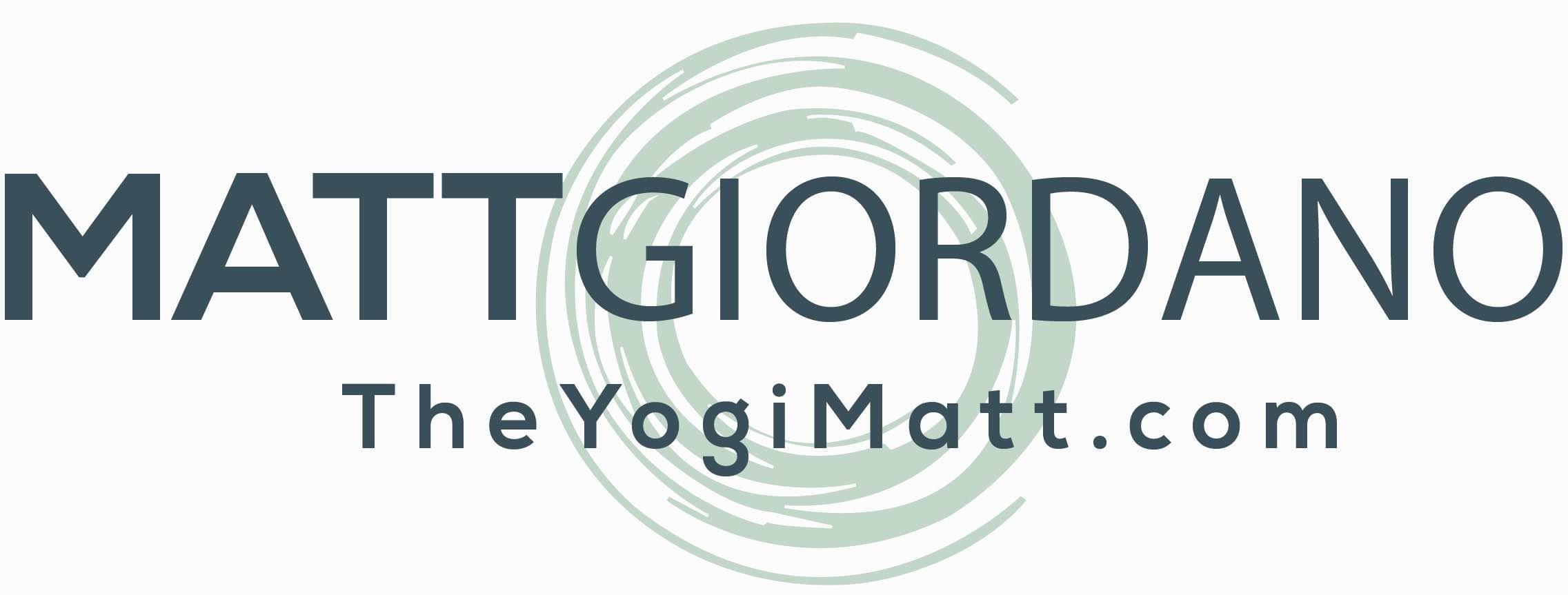
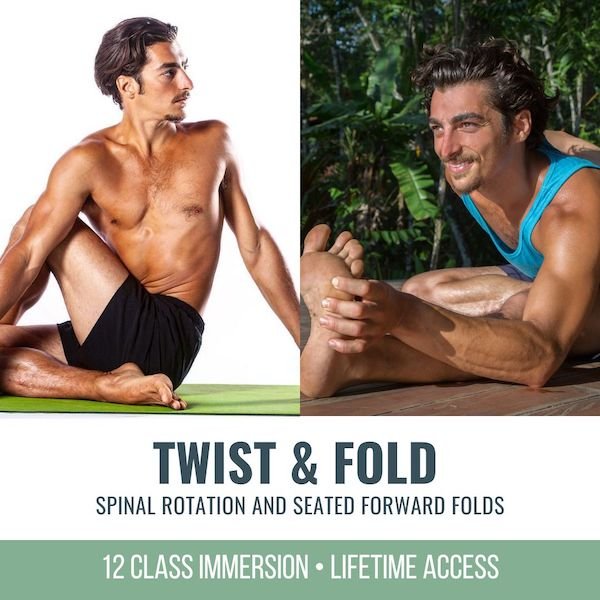



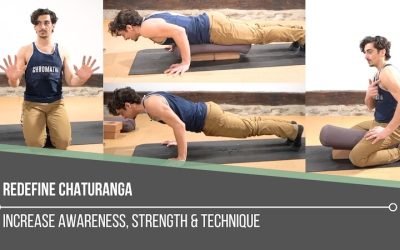

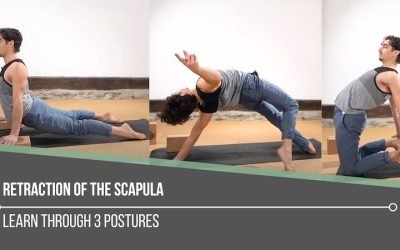
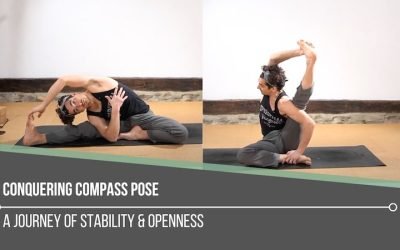
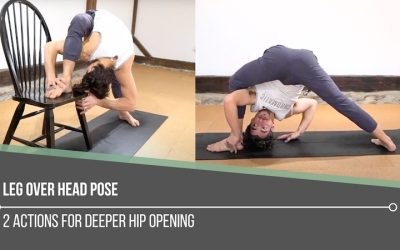
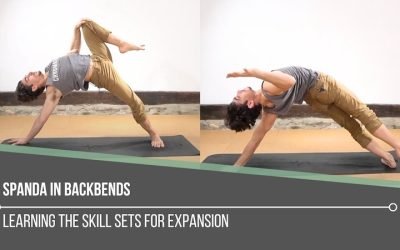


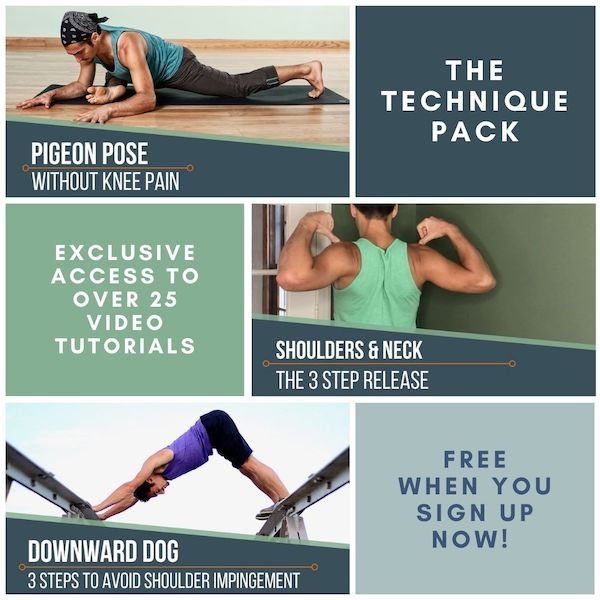
0 Comments